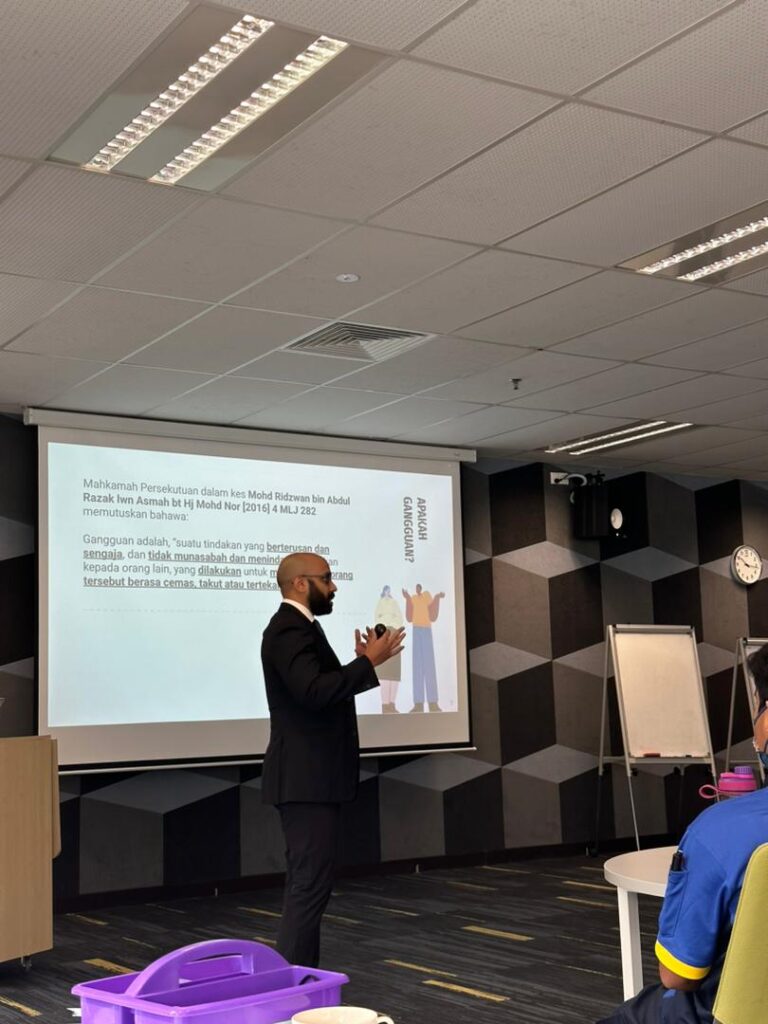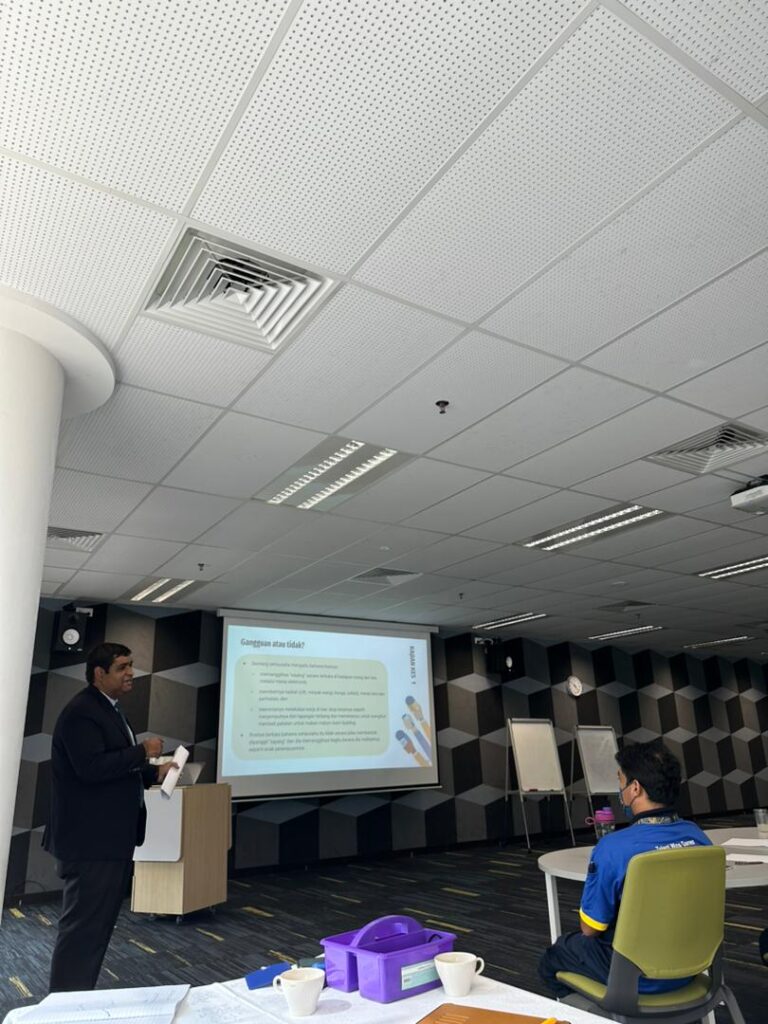The recent case of Prince Court Medical Centre Sdn Bhd v Lim Yoke Har Prince Court Medical Centre Sdn Bhd v Lim Yoke Har (bertindak melalui anak lelaki dan wakil litigasinya, Goh Seng Cha) & Ors and another suit [2024] MLJU 2699 highlights the critical role that the conduct of a medical practitioner or facility who is being sued can play in determining an award for aggravated damages.
This article focuses on the conduct of a medical practitioner or facility and the influence it can have on a Court’s decision to award aggravated damages.
Brief Facts
On 19.9.2018, a 75-year-old patient (“Patient”) was admitted to a hospital, Prince Court Medical Centre (“Hospital”) after a fall at home. She was diagnosed with dengue fever and was identified with a high risk of falling based on the Morse Fall Risk scale. She was attended to by a consultant physician.
On 26.9.2018, at around 2.05 a.m., the Patient screamed and was found lying on the floor in her hospital room. She sustained a head injury resulting in active bleeding and was later diagnosed with a right-sided intracerebral bleed. The Patient was subsequently transferred to the ICU.
On 27.9.2018, the Patient underwent a craniotomy procedure with an evacuation of brain hematoma. The procedure was performed by a consultant neurosurgeon.
The Court noted that Hospital failed to report the fall to the Ministry of Health as required by law under a Ministry directive.
The Hospital initially acknowledged the patient’s prior fall at home but later denied knowledge of it, suggesting that the family did not inform them. The Hospital’s correspondence with the Patient’s family implied an attempt to blame the Patient’s family for the fall.
The Patient was discharged on 20.12.2018. She was initially in a persistent vegetative state and is now in a minimally conscious state.
Key Points
Failure to disclose important documents
The Court noted that the Hospital’s failure to disclose 2 important reports in relation to the Patient’s fall, a root cause analysis report and an inquiry report into the incident, led to an unnecessary delay in the trial.
It was only through the primary doctor’s testimony at trial that the possibility of a mechanical failure of the bed’s cot side which caused the Patient’s fall, was brought to light.
These reports, and the primary doctor’s testimony, were critical in identifying and assessing the probable cause of the Patient's fall, which was attributed to a mechanical failure of the bed's cot side.
The Court invoked Section 165 of the Evidence Act 1950 to order the Hospital to produce the (1) incident reports prepared by the nurses on duty and (2) the documents pertaining to the internal nursing review conducted into the fall.
Incomplete and/or "cooked-up" Internal Nursing Review
On 30.4.2024, the Hospital produced 2 documents, titled “Incident Report dated 26.9.2018” and “OCMC Nursing Team Review”.
The Court found that the internal nursing review produced by the Hospital was “cooked up” for, among other things, the following reasons:
- The document did not state any root cause of the Patient’s fall despite finding the root cause being the purpose of the review;
- The document was undated and unpaginated;
- The dates on which the nursing review was carried out were omitted; and
- The attendees of the nursing review were not recorded.
The Hospital's witness gave evidence that:
- she had no personal knowledge of the document as she was not involved in the review at the material time;
- the document was in fact slides which were prepared for a presentation to the Hospital’s management;
- a review cannot conclude until and unless a root cause of the fall is found; and
- she attributed blame to the Hospital’s “very limited system”, as well as the lawyers for the Hospital, as to the failure to paginate the nursing review document.
Following her testimony, an adverse inference was made against Hospital under Section 114 [g] of the Evidence Act 1950 for a failure to present witnesses who could provide clarification on the non-disclosure of the incident reports prepared by the nurses on duty. The Court noted - “I find this witness unreliable. In any event, I find she had not made any efforts to ascertain all the facts before coming to court to testify.”.
Failure to report the fall to the Ministry of Health ("MOH")
The Court found that the Hospital breached its statutory duty by failing to report the fall to the MOH, notwithstanding the clear requirements under the MOH’s directive, which aims to improve patient safety and ensure proper investigations of incidents such as this one.
Witnesses from the Hospital were unable to provide a satisfactory explanation for the non-reporting of the incident, with one witness admitting under cross-examination that the fall was not reported to the MOH.
Again, an adverse inference was made against the Hospital under Section 114 [g] of the Evidence Act 1950 for its failure to present witnesses who could explain the Hospital’s decision not to report the fall to MOH.
The award for aggravated damages
At the heart of the matter are the questions of how the Court determined its award for aggravated damages and, ultimately, the amount granted to the Plaintiff.
In an analysis of the law on aggravated damages, the Court held that an award for aggravated damages will be granted if a defendant’s conduct towards the plaintiff was motivated by spite or malevolence or was high-handed to increase the plaintiff’s mental pain and suffering.
The Court summarised, from a trend of cases in Malaysia, the circumstances in which aggravated damages were seen to be awarded. This summary included the following factors:
- where unnecessary work is carried out on a patient for profit;
- where a doctor or hospital denies liability in clear-cut cases and files a defence, which leads the matter to trial; and
- where there is tampering with medical records in an attempt to conceal the truth.
The Court found, in this case, an overwhelming number of factors which justified an award of aggravated damages on the higher end of the scale:
- the shifting of blame to the Patient and her family for her fall;
- the non-disclosure of material evidence such as the incident reports and the internal nursing review in relation to the Patient’s fall;
- when the documents were ordered to be disclosed;
- suppression of evidence and knowledge as to the cause of the fall;
- a failure to report the fall to the MOH to circumvent and/or avoid a statutory inquiry;
- perversion of the course of justice; and
- given that it was common knowledge that the cot sides of the bed suffer from mechanical failures, failing to check and replace the beds before an incident like this happened, and only deciding to replace all the old beds with new beds after this Patient’s fall.
The Court in assessing the sum of aggravated damages that ought to be awarded, drew comparisons with the case of Dr Hari Krishnan & Anor V Megat Noor Ishak Bin Megat Ibrahim & Anor and Another Appeal [2018] 3 MLJ 281, where the High Court awarded RM1 million as aggravated damages to the patient. The Federal Court in that case had upheld an award of RM 1 million as aggravated damages.
The Court in this case found that an award of RM1 million in aggravated damages was appropriate. The Court, in determining the amount of aggravated damages here, also took cognisance of the inflation of over 14 years and that there were more serious aggravating factors in this case compared to Dr Hari Krishnan.
Author's Analysis
The Court’s approach to aggravated damages underscores the significant weight placed on a defendant’s conduct, both before and during litigation.
Recent trends indicate that the Courts are increasingly prepared to award aggravated damages. The Courts appear to be recognising and including a broader range of circumstances which may constitute aggravating factors such as (and not limited to):
- Systematic breaches
- Evasion of statutory duties
- Failure to address known risks
- Suppression of evidence and/or non-disclosure of documents and evidence
- The provision of inaccurate information
which suggests that there is an increasing willingness to award aggravated damages, not only as a form of additional compensation for injury to the plaintiff’s feelings and dignity but also as a means to condemn and deter the egregious behavior of defendants.
The sums awarded by the Courts as aggravated damages in 2024 were indicative of this upward trend. However, early 2025 has seen some awards being reduced on appeal to the Court of Appeal.
It will therefore be interesting to observe how the Courts evaluate and award aggravated damages moving forward.
Author: Maxine Lim



















